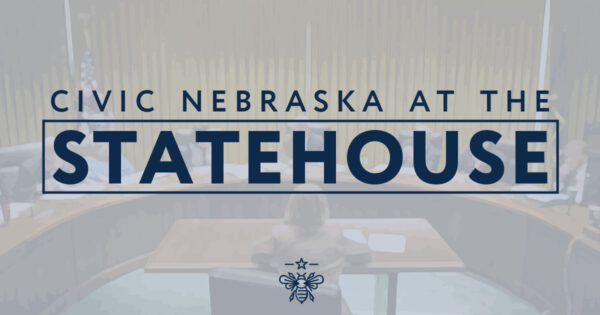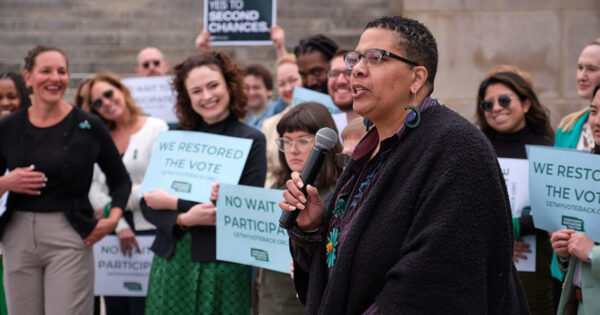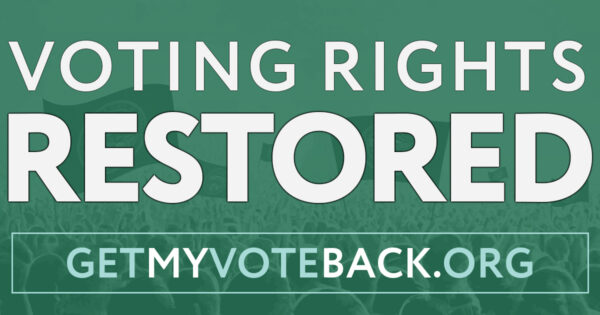What?
Today is National Native American Heritage Day, which is observed each year on the day after Thanksgiving. Our shared American history begins with Natives, and on this day often defined by a full sports schedule and holiday shopping, we pause to honor the first peoples and to reflect upon the injustices they have experienced throughout our nation’s history. This includes discrimination in the form of disenfranchisement – and as events this week have shown, the struggle is far from over.
On Monday, Nov. 20, the Eighth U.S. Circuit Court of Appeals issued a ruling that could strike a massive blow to the Voting Rights Act of 1965. The court claimed that only the federal government — not private citizens or civil rights groups — can sue under Section 2 of our nation’s landmark civil rights law. The 2-1 ruling is a dramatic rollback of enforcement that has led to increased minority representation.
So what?

This has far-reaching implications for all voters of color in the Eighth District – Nebraska, Minnesota, Iowa, North Dakota, South Dakota, Missouri, and Arkansas. If only the U.S. attorney general can bring a lawsuit prohibiting discrimination in redistricting and voting in these states, the likelihood of discriminatory practices is almost certain to go unchecked. For many Native voters, the ruling is the latest in a long, difficult history regarding the right to vote.
Despite the passage of the Indian Citizenship Act in 1924, Natives were disenfranchised in the United States until 1948, when the Arizona Supreme Court recognized their legal right to vote. However, states continued to suppress Native votes – and those of other minority voters – through discriminatory practices such as literacy tests.
The Voting Rights Act of 1965 finally provided a framework for these voting rights to be enforced. States with a history of discriminatory voting practices were required to receive federal clearance before making any changes to their voting rules. A 2013 U.S. Supreme Court case, Shelby County v. Holder, effectively gutted this required “preclearance,” setting many states back in the effort against racial gerrymandering and voter suppression.
For the remaining states, the Voting Rights Act provided a mechanism in Section 2 for voters and organizations to challenge discriminatory voting practices in court – until Nov. 20.
Systemic discrimination has long contributed to low voter turnout rates in counties containing tribal lands. In fact, in November 2022, Thurston County – home to the Omaha and Winnebago reservations – registered the lowest voter turnout of all 93 Nebraska counties. Several factors already create impediments voting in these areas, from geographic isolation, technological barriers, poor or non-existent roads, nontraditional mailing addresses, and a general lack of resources and funding. The Nov. 20 ruling opens the possibility of even more concentrated barriers to the ballot for Native voters.
Now what?
The ruling, which runs counter to decades of legal precedent, would set a dangerous new course in the legal battle over voting rights. The circuit court’s decision is certain to be appealed to the U.S. Supreme Court.
Meanwhile, many of the already-existing barriers could be addressed via the federal John Lewis Voting Rights Act, which contains provisions of a national Native American Voting Rights Act. Introduced in 2021, the bill would empower Native tribes to determine an assortment of items pertaining to voting, including the number and location of voter registration sites, polling places, and dropboxes on reservations. It is endorsed by many Native tribes and advocacy groups but has failed to clear Congress.
Otherwise, the state of Native voting rights will need to be addressed by individual states. In the absence of congressional action, New Mexico’s Native American Voting Rights Task Force has worked with their secretary of state to pass the first state-level Native American Voting Rights Act. Among other provisions, the law permits human services departments to serve as mailing addresses for both voter registration and requesting mail-in ballots in an attempt to overcome the geographic barriers to voting.




